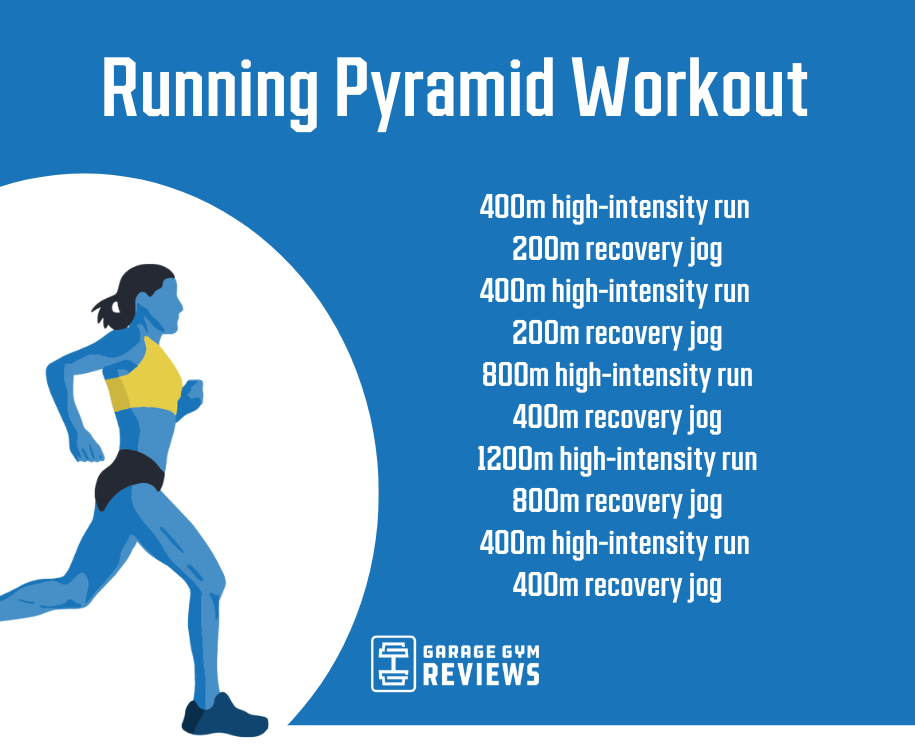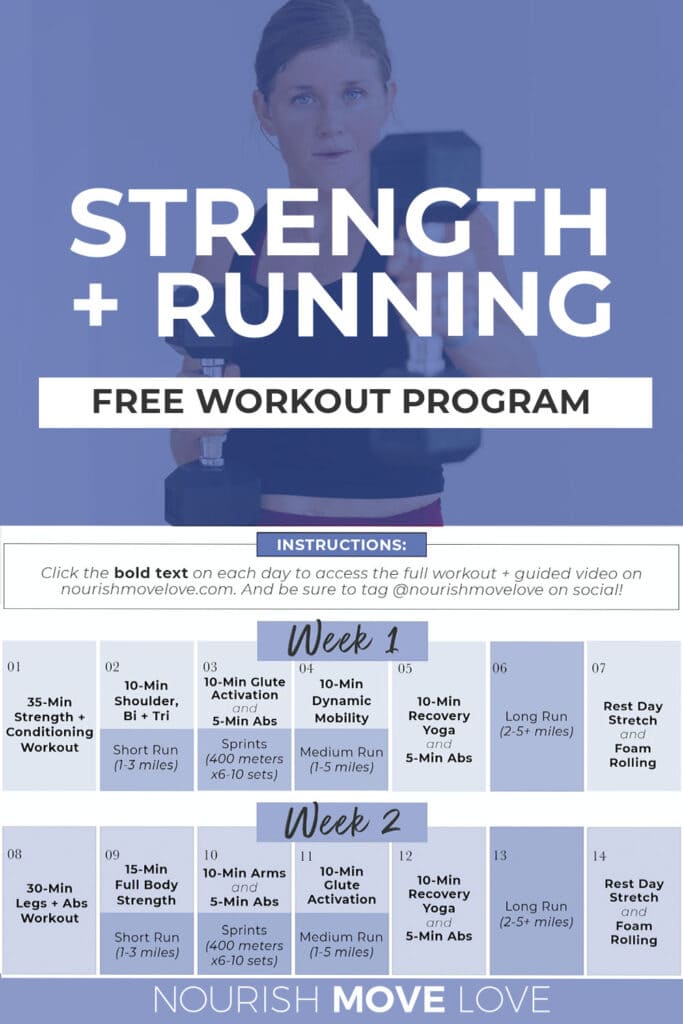Raise Your Running Strategy with Proven Techniques
Raise Your Running Strategy with Proven Techniques
Blog Article
The Ultimate Guide to Handling Discomfort When Running
Whether you are an experienced marathoner or just starting your running trip, understanding the different kinds of discomfort that can arise and the techniques to resolve them is important. From pre-run warm-up regimens to appropriate shoes selection, there are many elements to take into consideration when it comes to dealing with discomfort while running.

Recognizing Various Kinds of Running Pain
When running, it is important to compare different kinds of discomfort to prevent injuries and maximize performance (Read More). One common kind of discomfort that runners may experience is muscle pain, which typically arises from the anxiety placed on muscle mass during exercise. This sort of pain is typically a typical part of the running process and can be managed via proper workout, cool-down, and stretching regimens
An additional kind of discomfort to be knowledgeable about is joint discomfort. Joint discomfort can show concerns such as overuse, improper form, or underlying conditions like arthritis. Ignoring joint pain can result in more extreme injuries, so it is critical to resolve any type of discomfort promptly and potentially look for specialist recommendations.
Additionally, sharp or stabbing pains should not be ignored. These sorts of discomfort can signal intense injuries such as stress, sprains, or stress fractures - running workout. Continuing to go through these sorts of discomfort can exacerbate the injury and extend recuperation time
:max_bytes(150000):strip_icc()/HIIT-treadmill-workout-promo-04629651f9fc4854a8afca1c29ba528a.jpg)
Pre-Run Warm-Up and Extending Regular
To prepare the body for a running session, carrying out an effective pre-run workout and stretching regular is necessary. A proper warm-up aids boost blood flow to the muscles, improves adaptability, and decreases the danger of injury throughout the run. Start with dynamic stretches like leg swings, arm circles, and high knees to gradually elevate your heart rate and chill out the muscle mass. Dynamic stretching helps mimic the activities you'll be doing while running, preparing your body for the task in advance. Follow this with fixed stretches concentrating on significant muscular tissue groups such as the hamstrings, quadriceps, calves, and glutes. Hold each stretch for about 15-30 seconds without bouncing to advertise muscular tissue leisure and adaptability. Keep in mind to listen to your body and adjust the strength of your workout based on your physical fitness degree and any kind of pre-existing conditions. By integrating a regular pre-run warm-up and extending routine into your running routine, you can optimize efficiency and decrease the risk of discomfort or injury.
Proper Footwear Option and Fit
When selecting running footwear, it is important to think about elements such as foot kind, running stride, arch assistance, cushioning, and shoe dimension. Checking out a specialized running shop for a stride analysis and professional fitting can aid make certain that you select the right footwear for your individual needs. Spending in high-quality footwear that is proper for your running style and foot makeup is a positive action towards preventing pain and injuries during your runs.
Nutrition and Hydration Tips for Discomfort Avoidance

Hydration is similarly critical for joggers to avoid cramps, dehydration, and other discomforts that can bring about pain throughout running. It is recommended to drink a sufficient amount of water throughout the day and especially previously, during, and after running sessions. Electrolyte-rich beverages or sports beverages can likewise be beneficial for renewing shed minerals and keeping appropriate fluid equilibrium. running strategy (Read More). By focusing on nourishment and hydration, joggers can enhance their performance, minimize pain, and enjoy a more comfortable running experience.
Post-Run Healing Techniques to Relieve Pain
Implementing reliable recuperation methods is essential for alleviating discomfort and promoting muscle mass recuperation after running sessions. One essential post-run recovery strategy is extending. Incorporating static stretches for significant muscle mass groups can aid minimize muscle stress and soreness. Foam rolling is an additional advantageous practice to release muscle rigidity and boost blood flow to the muscles, helping in quicker recovery. In addition, icing aching areas for 15-20 minutes can help minimize swelling and numb discomfort post-run.
Consuming a well balanced treat or meal that includes healthy protein and carbohydrates within 30 mins of completing a run can help fix muscle mass tissue and replenish power shops. By integrating these post-run recovery strategies right into your routine, you can effectively take care of discomfort and enhance your running performance.
Verdict
In final thought, attending to different sorts of running discomfort with correct workout, stretching, shoes choice, nourishment, hydration, and post-run recuperation methods is essential for discomfort avoidance and administration. By recognizing the causes of discomfort and carrying out these methods, runners can reduce pain and potential injuries. It is essential to focus on general physical wellness and health to make certain a successful and delightful running experience.
Report this page